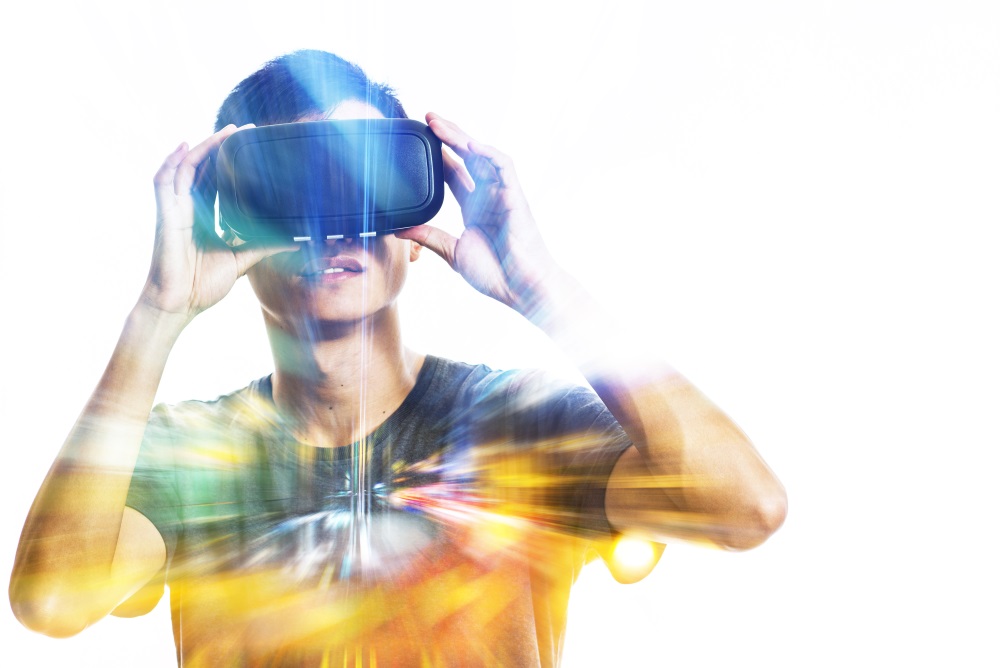One of the main concerns for institutions that educate radiologic trainees is that aside from learning their trade, they must do it without too much exposure to radiation. One of the methods to teach these students is simulation, but it’s not an easy task. While learning the courses of medical imaging technology, trainees are asked to act as ‘guinea pigs’ for others to practice and familiarize with every procedure and position in order to learn it, much like nurses do when learning to take an IV line, only that for nurses, radiation is not involved.

Lack of experience and the expected learning curve cause exposure to the ‘patient’ and the technician to be more than desired. The number of exposures could be limited, but obviously this is going to affect the training and give you radiologic professionals without the proper experience or knowledge. Because of this, researchers at the Shanghai University of Medicine and Health Sciences in China have developed a system to learn and practice the different techniques and procedures for radiography free from radiation using Augmented Reality.

The system consists of a ‘virtual patient’ (modeled after an actual patient) lying on a conventional radiographic table with a position tracking device and a visible regular light simulating the X-ray source mounted on the stand of a traditional X-ray machine. The ‘patient’ surface is attached with several rigid markers clearly visible to tracking system, much like the motion tracking devices used on movies and videogames. After this, the virtual patient gets scanned and the CT slice data is uploaded into the system, where a digital radiographic reconstruction algorithm will allow it to produce a digital X-ray image.

The procedure is fairly easy, almost like a regular X-ray image, but in this case, the motion tracking device captures the incidence of the ‘X-light’ into the virtual patient, processes it and provides a virtual X-ray image, free of radiation and adaptable to the most used positions and techniques used by X-ray technicians. Evaluation of this application was done by inviting 10 groups of second-year medical imaging students, which were randomly separated into two testing factions, one using the Augmented Reality application, and other using a commercial Virtual Reality application for this same purpose (called Projection VR).

During this training on both systems, students followed instructions diligently, while doing so, they were also asked to take several questions regarding the study purpose, X-ray assessment criteria, X-ray machine components, and about many imaging parameters to generate correct radiographs. Results showed that the learning experience and the behavior forming capabilities using the Augmented Reality system is superior to the Virtual Reality system. This is most-likely because of the opportunity to practice on real objects (like a real X-ray machine) which is a frequently mentioned advantage of Augmented Reality over Virtual Reality.

Certainly, this is a very early effort in building an actual Augmented Reality simulation for X-ray procedures, but much like the surgery simulators or the neuronavigation devices that we have previously explored, it will bring great results. Researchers point out that several other modules are being developed right now, such as the Collimation Module (the one that defines if the X-ray is well placed according to the technique), and filtration (which is an important parameter when taking actual X-ray images). Because of these developments, it will not be used right now as a mechanism to obtain pre-clinical experience, but we are confident that in the near future a new version of this system will become a great version for a gold standard in medical education.
What do you think of this system? Let us know in the comments section.








